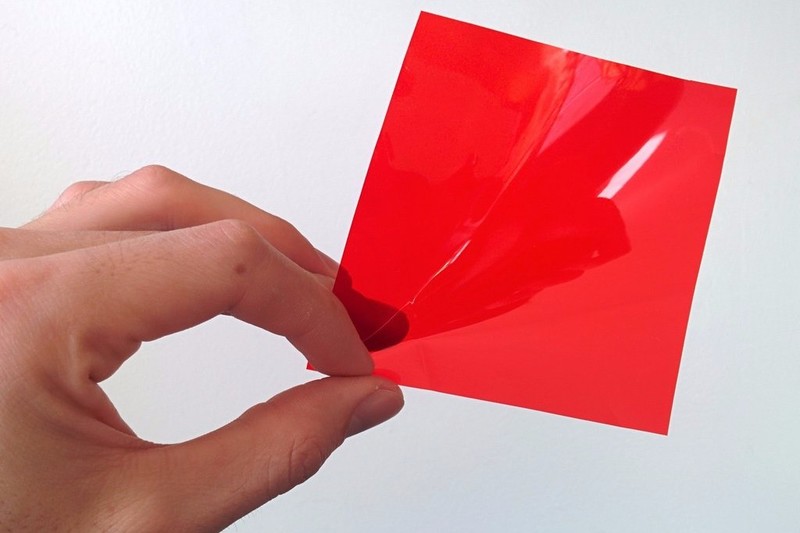
Infragram Filters
The Infragram project has used a variety of filters to make Do-It-Yourself infrared cameras, as well as infrared-visible multispectral cameras. This page is about choosing filters for different purposes.
Red vs Blue
Both blue and red filters are intended to block most visible light in one channel, to then use that channel for near-infrared light. This way, a single camera can be used to take simultaneous visible light and near-infrared light photos -- one in the red channel, one in the blue channel (we discard the green channel).
Most recent DIY efforts on Public Lab have focused on red filters, but early on we used blue filters. A red filter (the most common conversion we see on Public Lab as of October 2017) results in vegetation appearing pale blue, and a blue filter typically results in vegetation appearing pale yellow.
Left: pale blue from a RED filter; Right: pale yellow from a BLUE filter. Images by @mathew and Eclectis students

Background on filter choice
There's a lot of research about this choice here:
| Title | Author | Updated | Likes | Comments |
|---|---|---|---|---|
| How to calibrate the white-balance for NDVI using the BLUE filter? | @cagiva | almost 6 years ago | 2 | 3 |
| Can I use any red filter for capturing NIR light? | @sujayj | over 7 years ago | 1 | 2 |
| Plant Health NDVI Consumer camera vs Professional multispectral camera | @Claytonb | over 8 years ago | 9 | 9 |
| Plant health NDVI Red vs Blue filter | @Claytonb | almost 9 years ago | 5 | 9 |
| Why a red filter should work well for NDVI | @nedhorning | about 11 years ago | 6 | 12 |
| Red vs. blue filters for NDVI | @nedhorning | over 6 years ago | 6 | 32 |
Filter sources
We've been using Rosco theater gels as filters, and we currently carry the red Rosco Fire # 19 in the Public Lab store
Red filters include:
- Rosco Fire # 19
Blue filters include:
- Rosco # 2007
- Rosco # 87
Also see this research on various Rosco filters:
And the Rosco website: http://us.rosco.com/en
And an article on the history of Rosco filters: http://www.rosco.com/spectrum/index.php/2016/11/decoding-the-language-of-color/
Exposed negative film
To make a camera take only near-infrared photos, you can use a piece of exposed negative film as a filter. This will block most visible light (since the red, green, and blue channels are blocked) but will allow infrared light.
